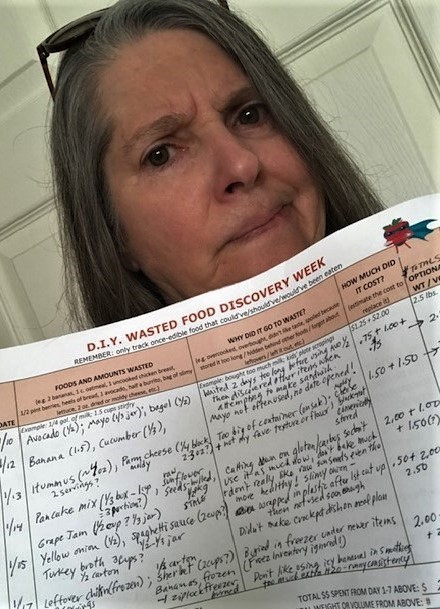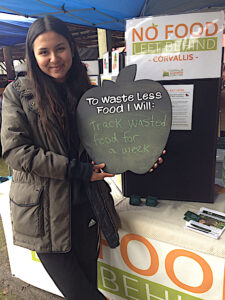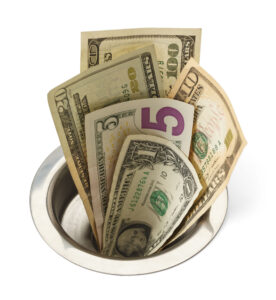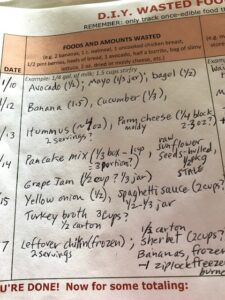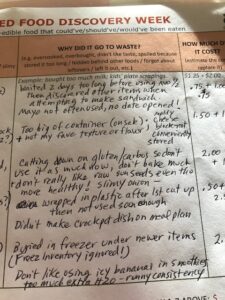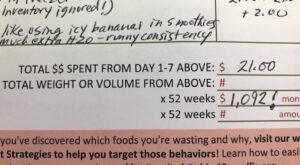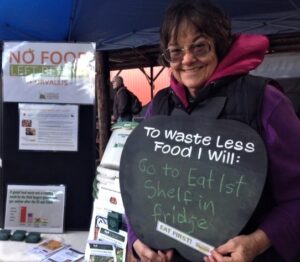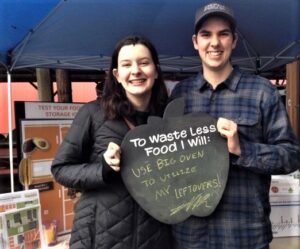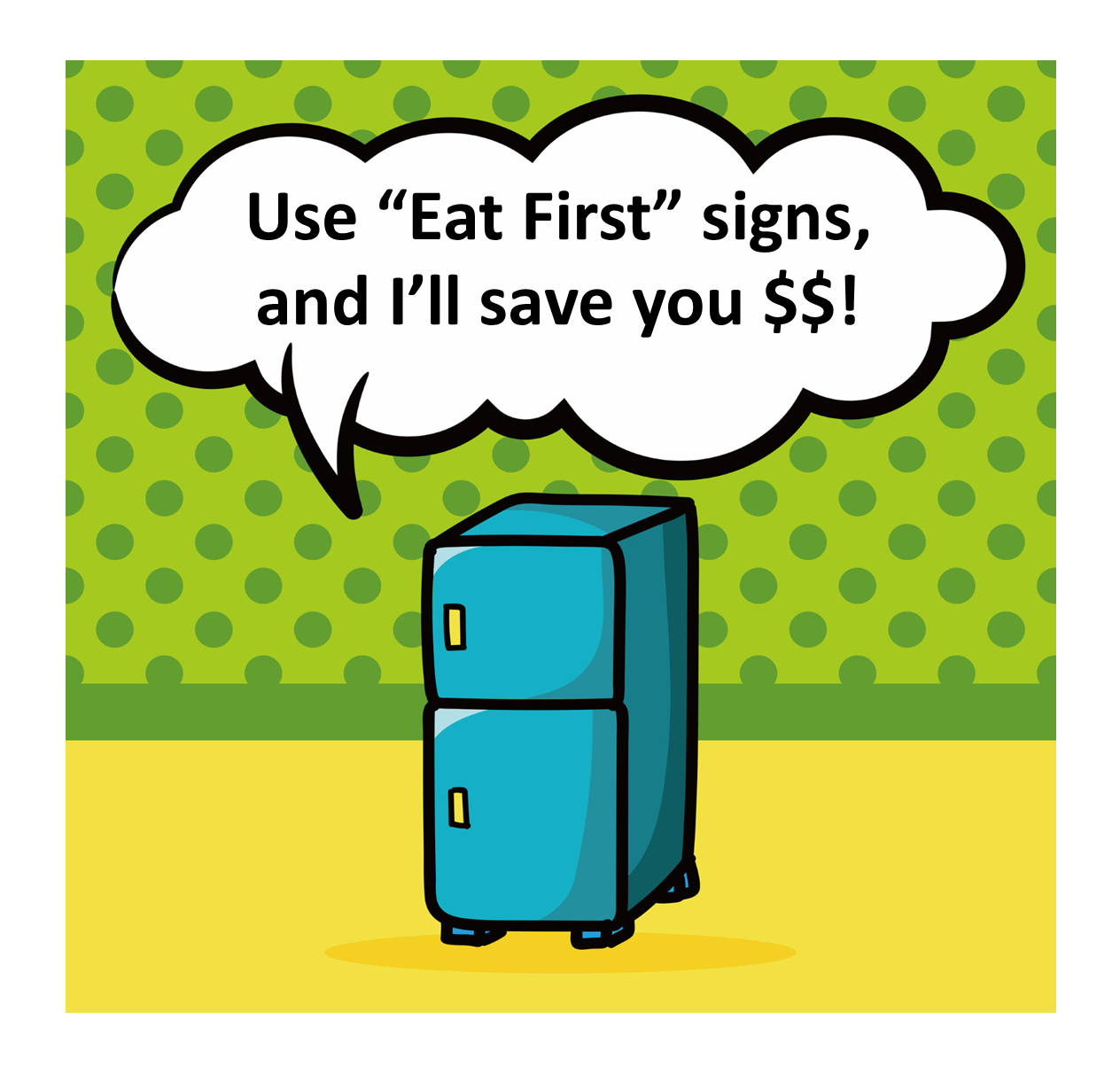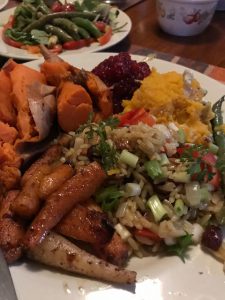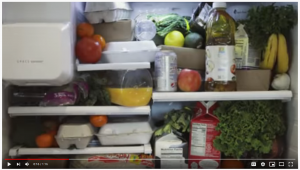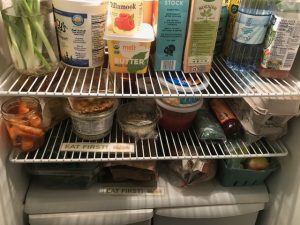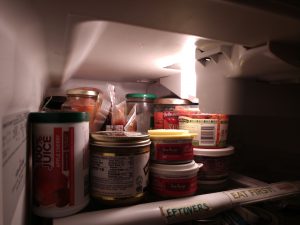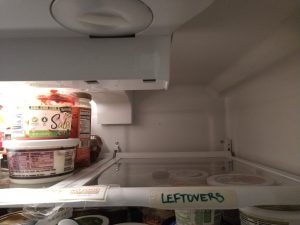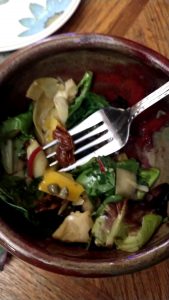Summer Greetings, Conscientious Food Consumers!
Don’t you love the colors, smells and, of course, the taste of fresh summertime produce? From berries to basil and beets, cherries to cherry tomatoes, chives to cucumbers, peaches and peppers to parsley, radishes, herbs, all kinds of leafy greens and so many others, we are blessed with a variety of lovely plant edibles here in the Willamette Valley. Whether you grow your own, buy from a store or farmers’ market, now’s the time to make the most of the abundant fruit and veggies in season!
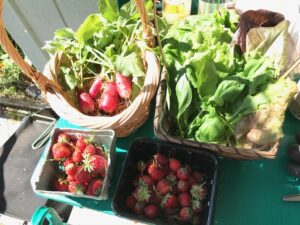
That means wasting less, more “Prep Now/Eat Later” and proper storage of those products, and respecting the time and energy all the water, energy, human time and labor, soil amendment and transportation cost that went into their production and delivery. Not to mention all that $$ YOU SPENT on produce or on seeds, plant starts, garden supplies and water!
It helps to keep a little science in mind when handling produce fresh from the garden, market or grocery store. Did you know that certain fruits and veggies are best stored separately, due to a certain naturally-occurring ripening agent?
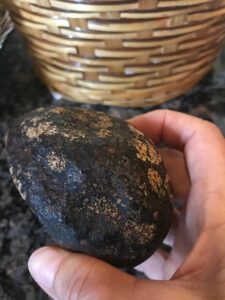

EEEK! IT’S ETHYLENE!
Ethylene gas is a plant hormone released by certain fruits and vegetables during their maturation process — think apples, avocados, tomatoes, bananas and peaches, to name just a few. We’ve all had our share of revolting experiences with the wrinkly, shriveled, spotty, mushy, moldy and rotting after-effects of ethylene vapors (like our Kitchen Confessions here)! Neighboring fruit or veggies, BEWARE!
Here’s a few things for Conscientious Consumers to know:
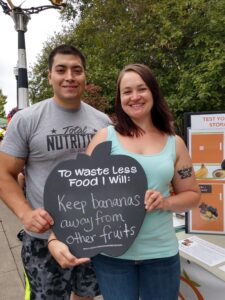
- AN INTRO TO ETHYLENE — from a helpful gardening site we found during our blog research. Here’s another good summary, and a more academic treatment of the subject is here.
- FRUITS RELEASE MORE ethylene than veggies (generally speaking), and unripe fruits — with skins and stems intact — tend to be lower emitters. A warm environment (such as indoors on your counter) encourages ethylene release, affecting both the fruit itself and any neighboring produce.
- REFRIGERATION slows down the effects of ethylene and gives you more time to make use of those fresh and highly-perishable items.
- KNOW YOUR CULPRITS. Which fruits and veggies are ethylene-emitters, and which aren’t? Which are ethylene-sensitive or not? (Not: blueberries.) Which ones are affected by ethylene off-gassing after harvest (think plums, peaches), and which are not? There’s lots of lists available from your favorite search engine.
- You can LEVERAGE ETHYLENE to speed up ripening for those rock-hard avocados or nectarines you just picked up. Stick ’em in a bag together and check in a day or two.
- BRUISES or BROKEN SKIN on produce make it extra-vulnerable to both ethylene and spoilage, so prompt action is needed! In many cases, you can just trim off the damaged parts and prep the rest for juicing, smoothies, cooking, purees, and freezer meals or treats.
- Ethylene isn’t all bad — riper fruit tastes better!
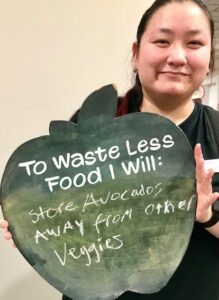
AVOID THE “EEEK!” FACTOR & KEEP IT FRESH!
- SEGREGATE and STORE each produce item in its own bag, basket or container, on the counter or in the appropriate area of your fridge or freezer. CHECK DAILY for the ripeness status of tricky perishables like avocados, peaches and tomatoes.
- After ripening on the counter and transferring to your fridge, label the ripest items to EAT FIRST!
- HANDLE WITH CARE. Especially when picking produce yourself or transferring to baskets or containers, try to avoid damaging the skins or removing the tops/stems of fruits like strawberries and tomatoes, to prevent additional off-gassing or gas absorption.
- Do take the time to PREP leafy greens and veggies like carrots and radishes, for quick salads, snacks and less waste! (photos below)
-
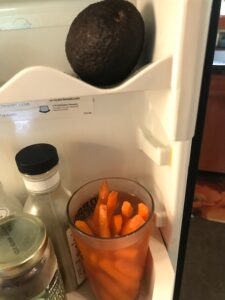
Ethylene-suppressed avo, almost-ripe & chill in its own little cubby in our fridge door! 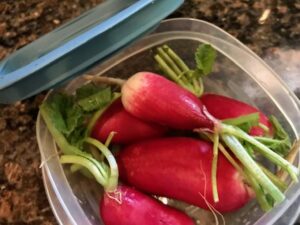
Prepped garden radishes w/tops LEAVE THOSE CUTE LITTLE CAPS ON your strawberries to keep ’em fresher, longer! You can also go zero waste and make use of those strawberry tops in several ways –they’re highly nutritious. Just DON’T wash berries until ready to serve and eat.
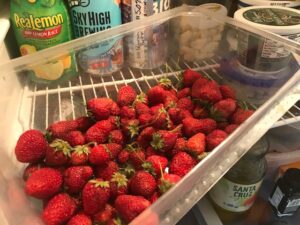 JUST FREEZE IT — especially with cut or past-prime fruit. Keep track of what’s in there with our ever-popular Freezer Inventory form (also in Spanish).
JUST FREEZE IT — especially with cut or past-prime fruit. Keep track of what’s in there with our ever-popular Freezer Inventory form (also in Spanish).- USE A PAPER BAG to separate and store ethylene-emitters like peaches, pears, plums and nectarines. It will contain the gas, ripen the fruit AND protect their produce neighbors from accelerated spoilage!
- Try using an ETHYLENE ABSORBER product like BluApple in your produce drawers. (Note: not necessarily a product endorsement.)
- REMEMBER FOOD SAFETY — wash and store produce carefully! Damp fruits or veggies in a plastic bag can encourage bacterial growth and mold — so make sure to dry them off first. Check the USDA’s FoodKeeper site for complete info.
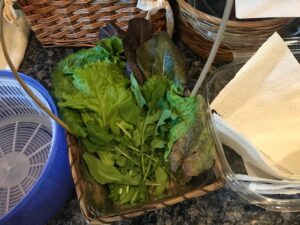
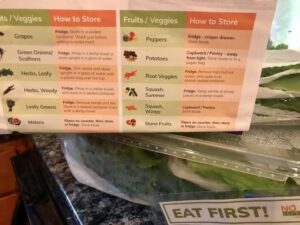
- GREENS CAN STAY FRESH up to a week when you do smart prep and storage! Rinse, spin and place between layered strips of recycled-content paper towels. Repurposed plastic clamshell containers work great for this! Revive wilted greens in a bath of cold water.
- HELP KIDS learn about growing food, as well as food storage and handling, through OSU’s Food Hero program. There’s tons of colorful reference guides (like this one about strawberries), multicultural, kid- and elder-friendly recipes, and helpful gardening info.
Remember, Conscientious Food Consumers, the best way to avoid “Eeek! Ethylene!” encounters is to EAT IT UP!
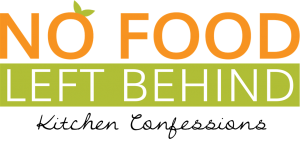


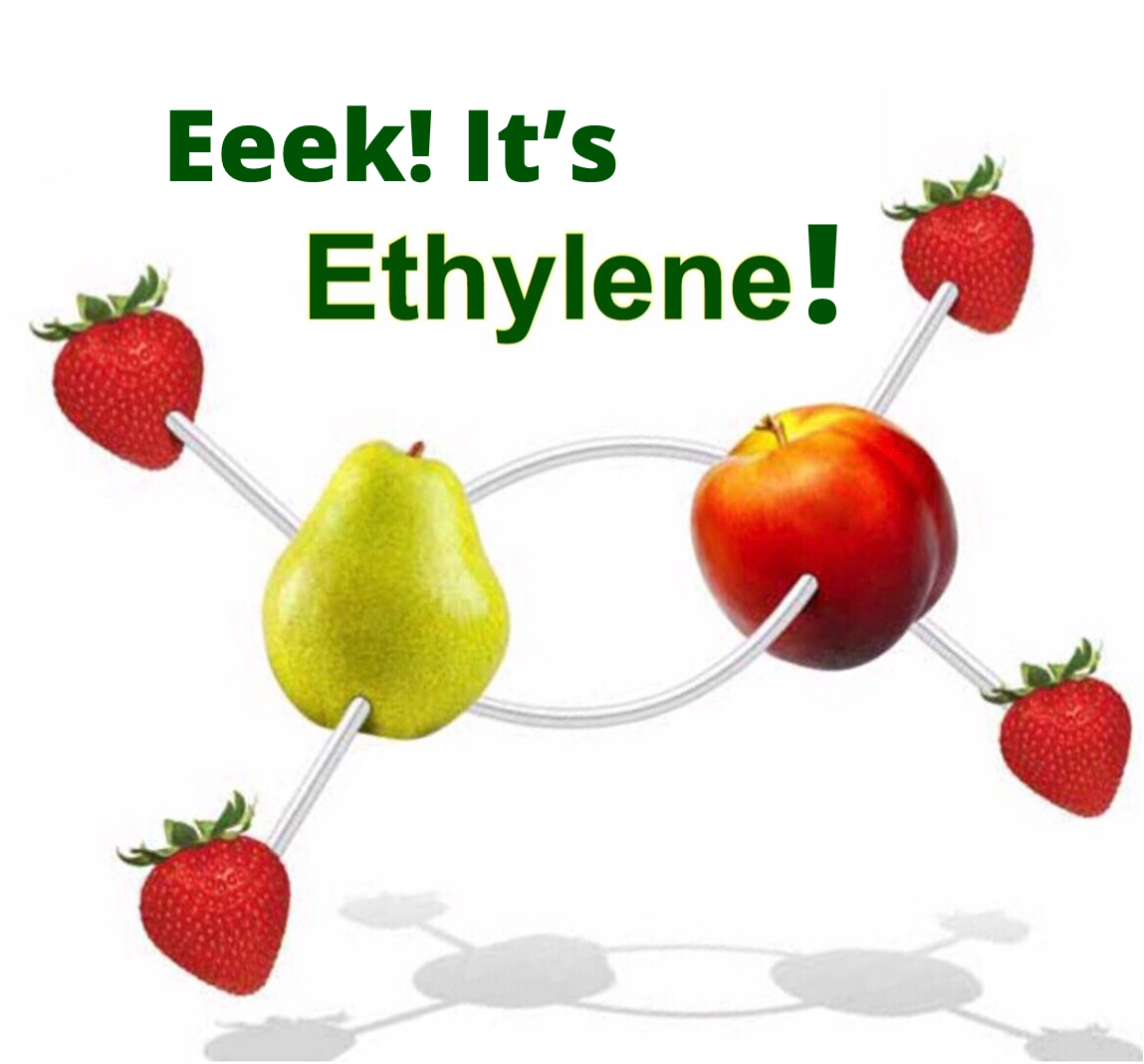
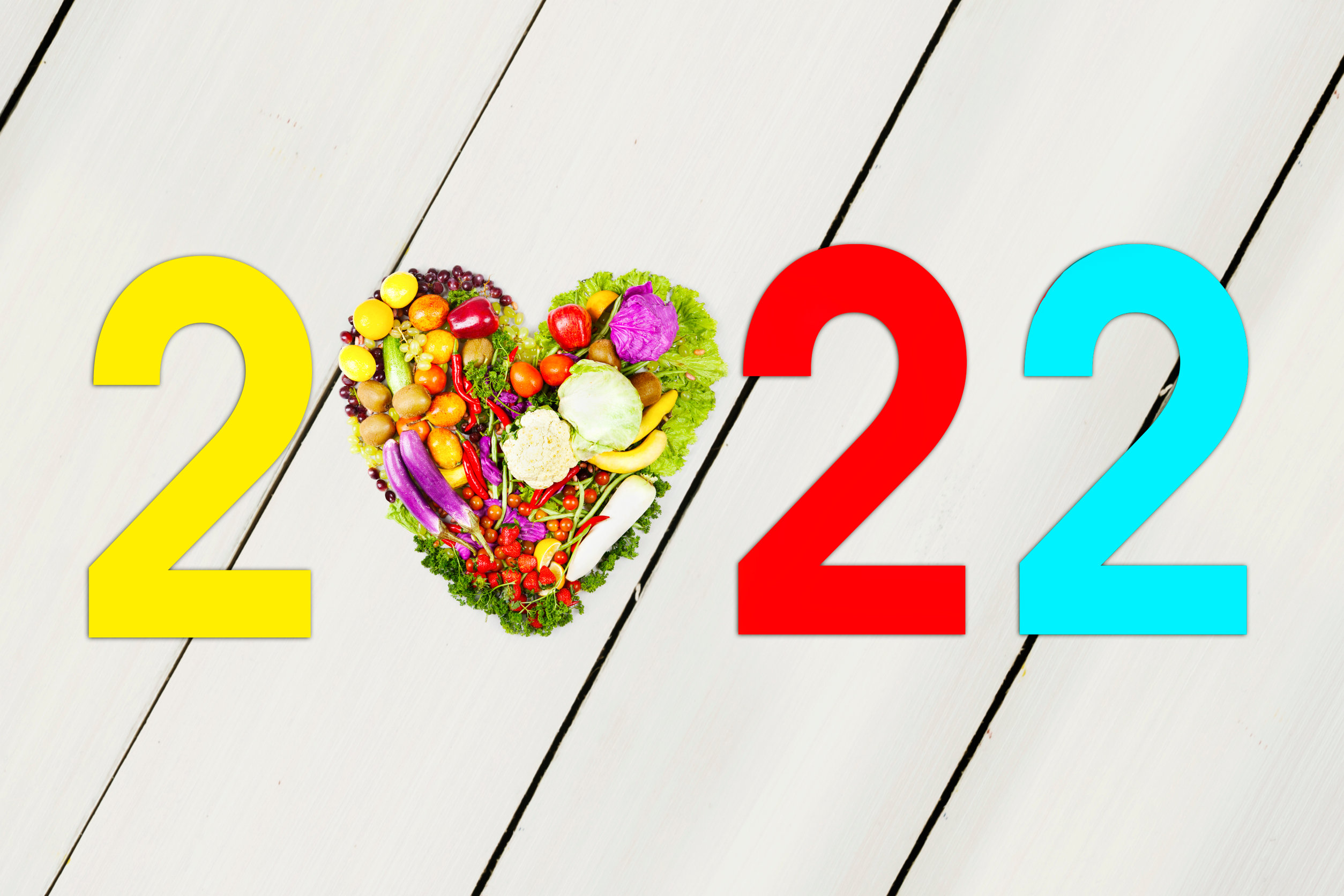
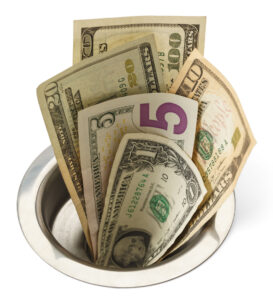
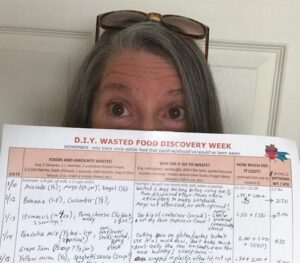
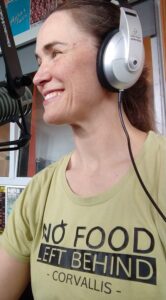
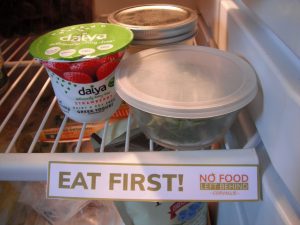
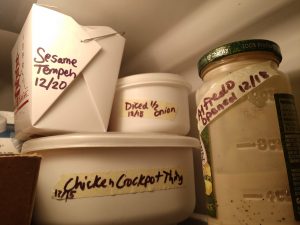
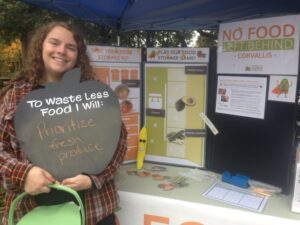
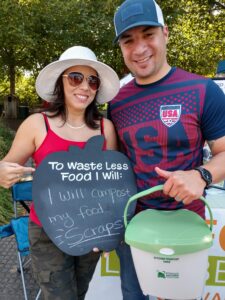
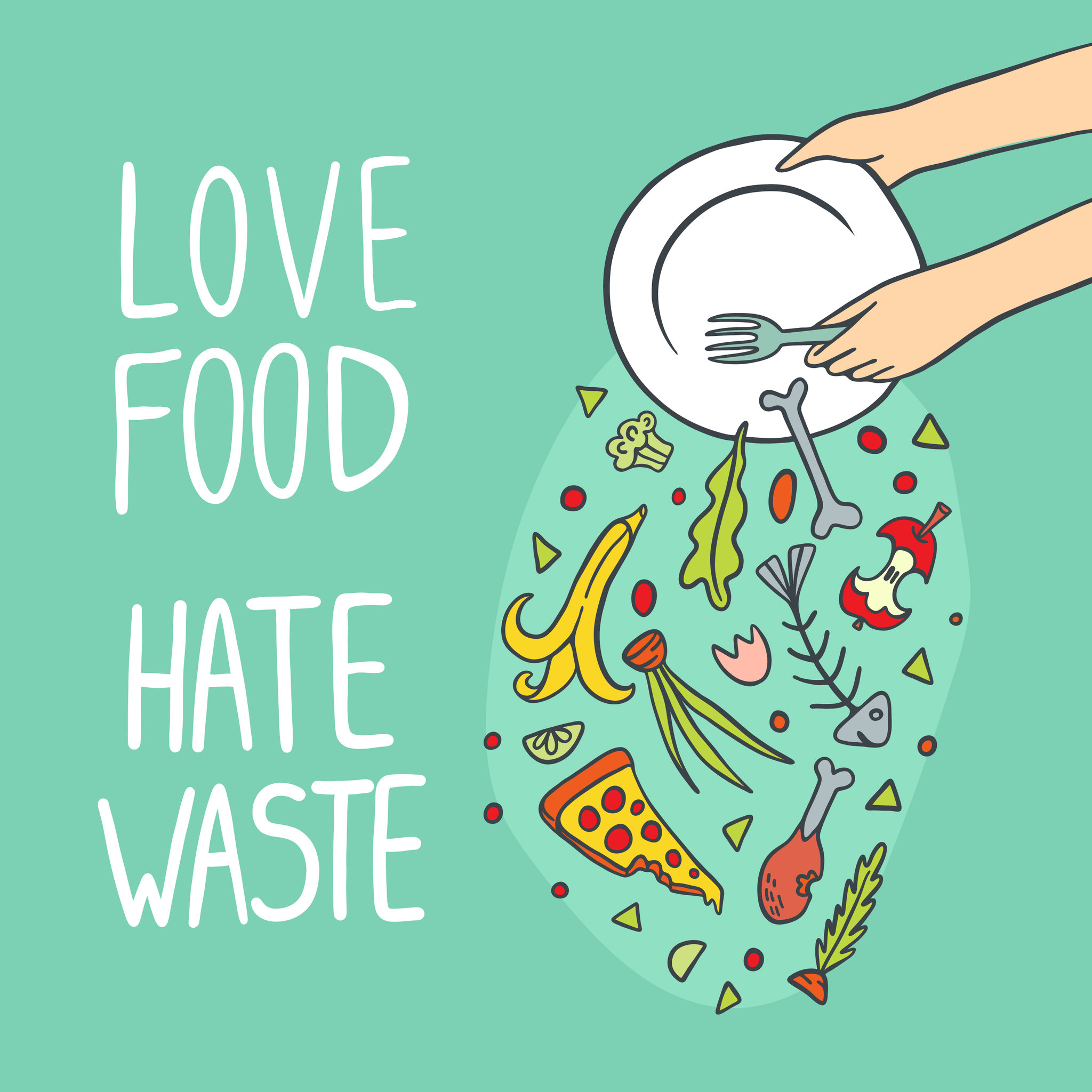
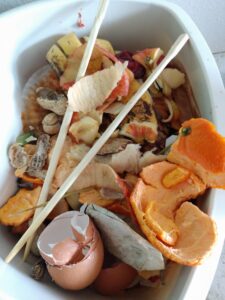
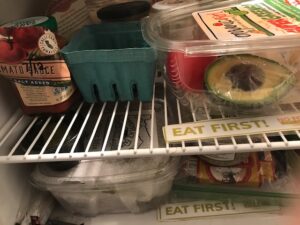

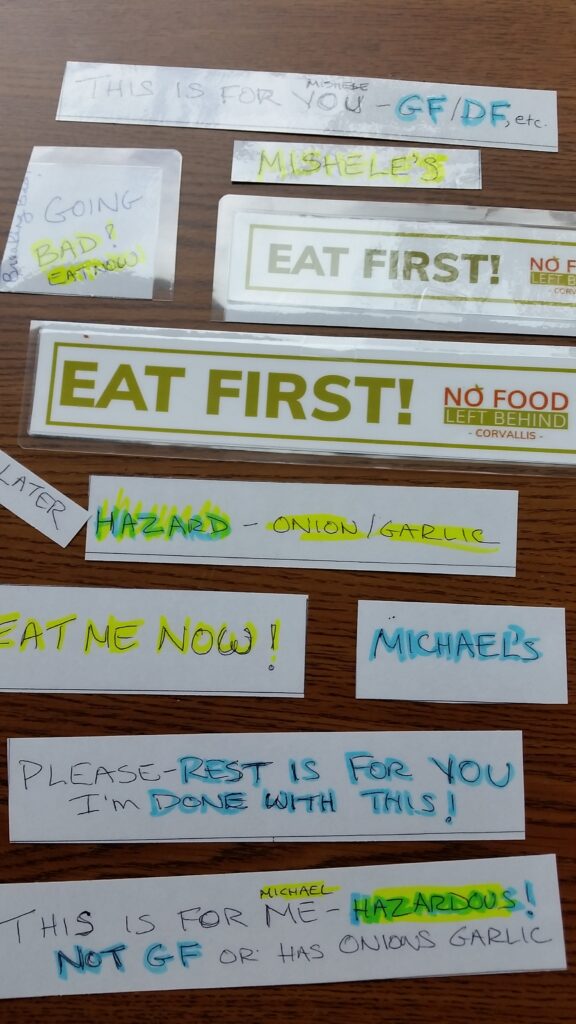 My spouse and I grew up with Depression-era parents, so in both our families the culture is to never, ever throw anything out unless it’s truly inedible. If something DOES start to get old, we just cook it instead of eating it raw.
My spouse and I grew up with Depression-era parents, so in both our families the culture is to never, ever throw anything out unless it’s truly inedible. If something DOES start to get old, we just cook it instead of eating it raw.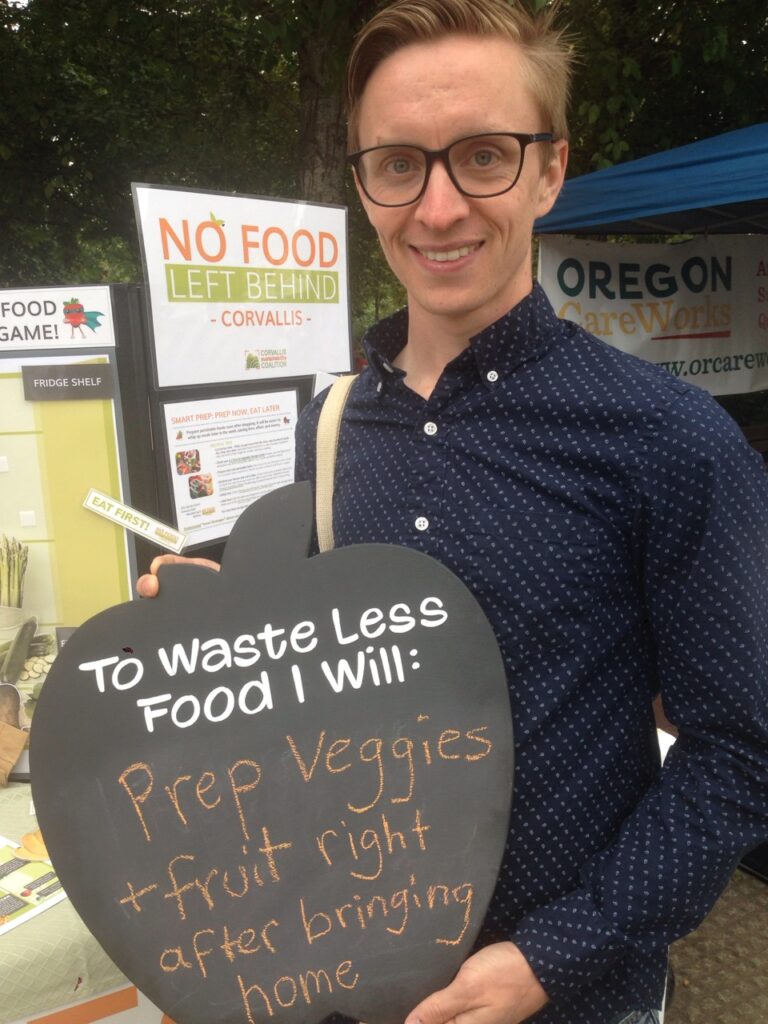 *****
*****
